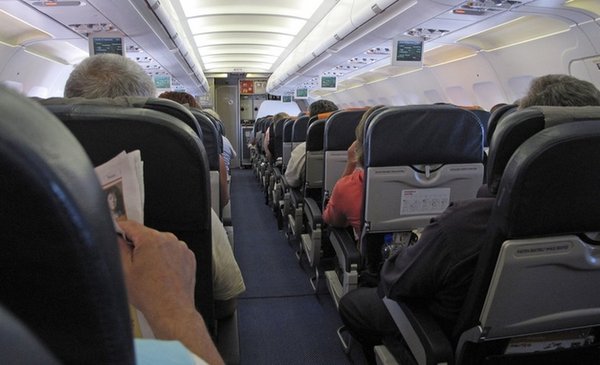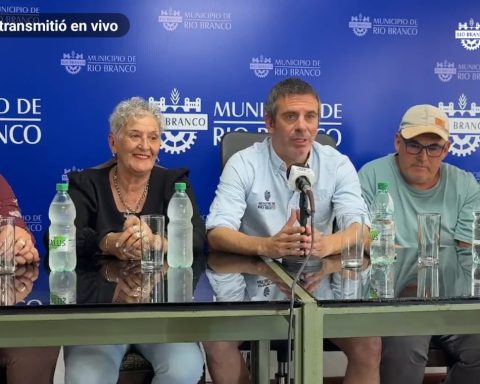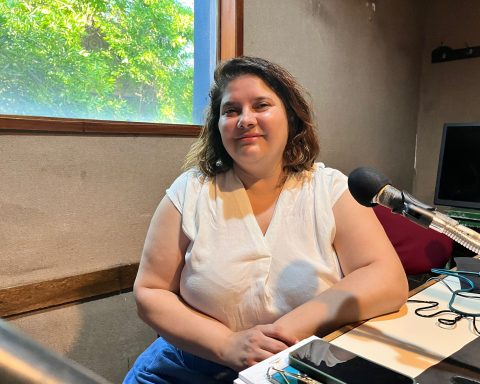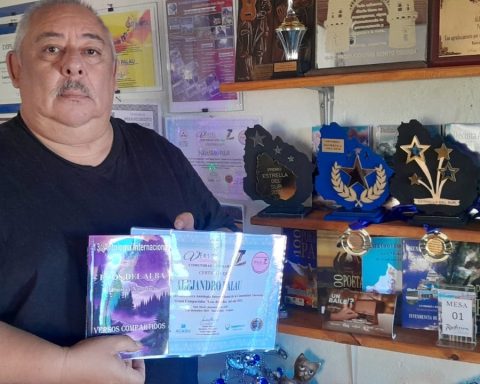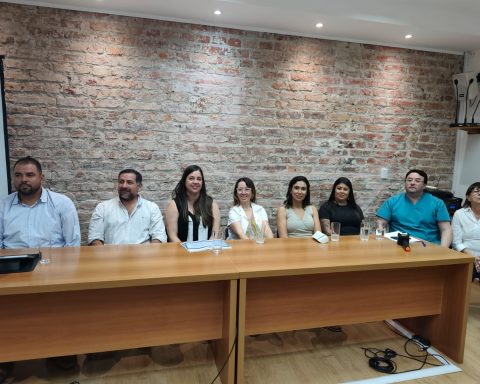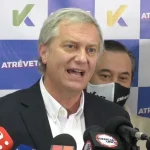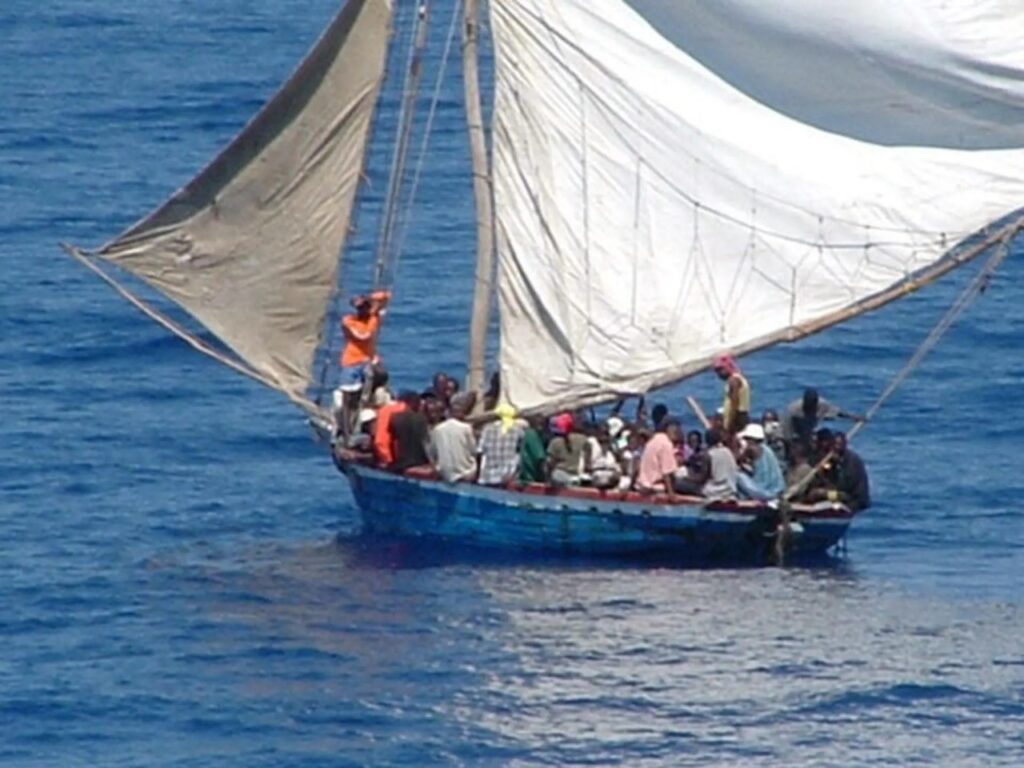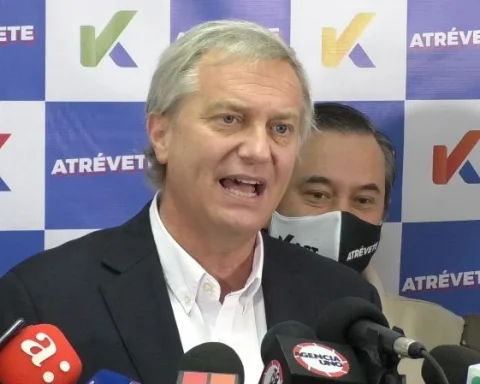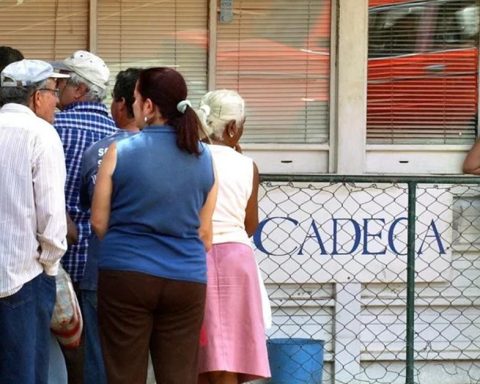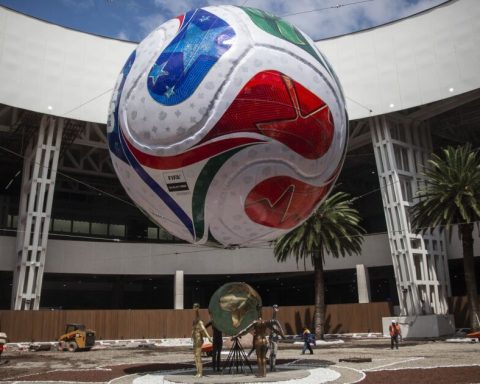Between March and April 2020, the number of passengers transported by air fell by more than 90%. No other sector of the economy was as impacted as this industry. Almost three years after the pandemic was declared, the aeronautical business seeks to realign itself in a context of a shortage of planes and also crew, according to airline reports.
In the case of Uruguay, although destinations and airlines have recoveredit was not possible to capture all the frequencies that operated prior to the pandemic and, according to the Ministry of Tourism, the country is today at 75% of the number of frequencies that crossed the Uruguayan sky before that March 13, 2020.
The increase in demand pushes the price up and, in this context, The national government studies measures to lower the price of air tickets and thus get more travelersmore frequencies and enhance connectivity.
In interview with The Observerthe Minister of Tourism Tabaré Viera, made it clear that this is an issue that directly affects tourism, which depends on the policies of the Ministry of Transport and Public Works and, in particular, of the National Directorate of Civil Aviation and Aeronautical Infrastructure ( Dinacia).
“We are working together with Uruguay XXI on a promotions policy to see if we can achieve, with some incentives, to lower prices and encourage companies to have more frequencies, and having more frequencies may also start to lower the total price and, consequently, there is greater connectivity”, explained Viera.
With this objective, the Ministry of Tourism, the Ministry of Transportation and Public Works, the National Board of Civil Aeronautics, the National Directorate of Civil Aviation and Aeronautical Infrastructure (Dinacia) and Uruguay XXI They work together on several proposals that, later, will be presented to the airlines.
“All of them go through tax resignation, lowering some tax or fuel”Viera deepened, referring to subsidies that are eventually used in the world of aviation, as well as the possibility of directly pay companies for passengers, “a kind of prize for extra passenger”described the minister.
The head of Tourism stressed that the project is under study and that, In the coming days, a meeting will be held with the Ministry of Economy to advance. “When we talk about subsidies, tax resignation or lower taxes we have to have the initiative of the Ministry of Economy” he indicated and reaffirmed that “There is interest in lowering prices or, at least, encouraging more flights to be offered and thereby influencing the price itself.”
In the same sense, the national director of Civil Aviation, Gaetano Battagliese, confirmed that the idea that is being handled is precisely give incentives to companies that have “the serious intentions of establishing themselves as a national company or, for its purposes, to be able to operate from Montevideo and increase connectivity”.
“The measures are aimed at companies that want to establish themselves here,” said the head of Dinacia, who does not rule out that there may also be incentives for those that are already installed, but open new routes.
Today there are only outlines of possible incentives, but teams from different agencies are working to outline concrete proposals. For Battagliese, it is difficult to do anything about fuel—which represents almost half of the cost structure of airlines—but he understands that it is one of the aspects that is taken into account when thinking about benefiting to the companies and, consequently, to the passengers.
However, “the concessionaire (Corporación América) through the airport can give some incentive in return for the increase in passengers,” reflected the director, alluding to the collection of fees that correspond to the airport operator.
Currently, Uruguay Airports already offers incentives for airlines in aeronautical taxes (those that tax landing, parking, gangway and beaconing) for airlines that launch new routes, open new frequencies, renew aircraft or improve their infrastructure.
In turn, the possibility of paying a subsidy is evaluated, as long as there is a consideration of passengers that exceeds a certain amount that is not yet defined. “We have a very clear example, JetSmart put tickets to Rio de Janeiro at US$133 and the return is worth US$78 because we have a number of rates that are sometimes not favorable, but mostly they depend on the airport concessionaire,” Battagliese detailed.
JetSmart is the only company low cost that operates in Uruguay. Asked about his experience regarding the impact of fees and taxes on the price of air tickets, the commercial manager of the firm, Darío Ratinoff, pointed out that “an important part (of the establishment of the price) is the boarding tax.” and opined that “in Latin America the boarding fee component is very high”.
The manager of the low cost exemplified with the price of one of its frequencies. In its Montevideo-Santiago section, the outbound section has a value of US$ 122, with taxes included, and the total value on return is US$ 80. The difference is the value of the fees and taxes of Uruguay compared to the From Chile. “That ticket without the taxes has a price of US$ 55,” he pointed out and added: “The taxes are more expensive than the ticket itself.”
How is the price of air tickets composed?
Fees and taxes have a full impact on the final price of the ticket and, in some cases, even double the rate that the passenger must pay. These tariffs, which are collected by the airlines at the time of purchase, are then transferred to the airports, government entities and general treasury of the State when it comes to, for example, VAT.
In Latin America, Argentina leads the ranking when it comes to high airport fees and taxes that reach US$198 based on a US$110 ticket. At the other extreme is, for example, Brazil with just US$ 11 taxes, fees and contributions compared to the same ticket price. Uruguay, meanwhile, is located in the middle of the table, and its total fees and taxes amount to US$59 (calculated on the basis of a US$110 ticket).
In this sense, Minister Viera explained that there is a variable rate charged by the company for fuel. In addition, in the case of Uruguay, there is —for example— a tax on tickets that is 7.5% of the base fare, and the boarding tax that is transferred directly to the client —the one from the Carrasco airport is US$ 54 —. In Uruguay there is also a security tax that is US$ 9—which many countries began to collect after the accident that caused the fall of the Twin Towers in 2001 in the United States. To this are added the taxes and fees of the destination.
Departing from Uruguay, the exception is the airlift, whose tax burden does not reach US$35, however other countries such as Chile have a lower rate, in the case of the Andean country the rates are US$25 .
fuel weight
The fuel is the input with the highest incidence in the cost structure of airlines.
Alta and Amadeus Air Transport Competitiveness Index in Latin America and the Caribbean
This is how the cost structure of airlines is made up
In fact, in 2022, it represented 37.7% compared to the 24% it represented the previous year. This responds to the increase in the price of fuel in the region, particularly Jet Fuel — the price of aviation fuel — which grew more than general fuel.

Intelligence report on air fare trends in Latin America by Flare
The increase in the price of fuel in the last year
According to the Alta and Amadeus Air Transport Competitiveness Index in Latin America and the Caribbean, in 2021, the industry focused on being carbon neutral by 2050. Currently, It is estimated that 65% of this goal will come from the use of fuels Sustainable Aviation or SAF for its acronym in English.
Today, this fuel is five times more expensive than the traditional one, but the 125 million liters that were produced in 2021 were sold out. By 2050 airlines will require an annual production of 449 billion liters of the fuel that will make aviation more sustainable.
